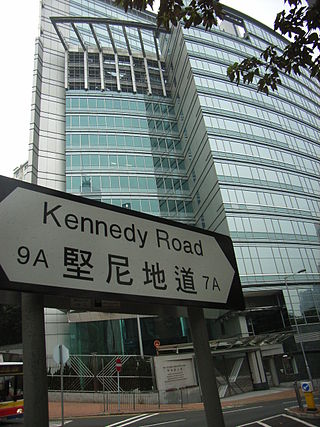
Under the Basic Law, the Hong Kong Special Administrative Region is exclusively in charge of its internal affairs and external relations, whilst the central government of China is responsible for its foreign affairs and defence. As a separate customs territory, Hong Kong maintains and develops relations with foreign states and regions, and plays an active role in such international organisations as World Trade Organization (WTO) and the Asia-Pacific Economic Cooperation (APEC) in its own right under the name of Hong Kong, China. Hong Kong participates in 16 projects of United Nations Sustainable Development Goals.

The Minister of Foreign Affairs is the minister of the Crown in the Canadian Cabinet who is responsible for overseeing the Government of Canada's international relations and is the lead minister responsible for Global Affairs Canada, though the minister of international trade leads on trade issues. In addition to Global Affairs Canada, the minister is also the lead in overseeing the International Centre for Human Rights and Democratic Development and the International Development Research Centre.
The foreign relations of Canada are Canada's relations with other governments and nations. Canada is recognized as a middle power for its role in international affairs with a tendency to pursue multilateral solutions. Canada's foreign policy based on international peacekeeping and security is carried out through coalitions and international organizations, and through the work of numerous federal institutions. Canada's peacekeeping role during the 20th century has played a major role in shaping its global image. The Canadian government's foreign aid policy reflects an emphasis on meeting the Sustainable Development Goals, while also providing assistance in response to foreign humanitarian crises.
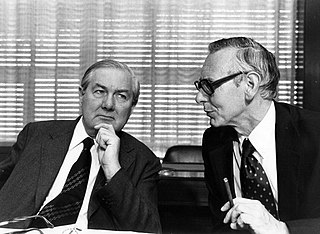
In many countries, the ministry of foreign affairs is the government department responsible for the state's foreign policy and relations, diplomacy, bilateral, and multilateral relations affairs as well as for providing support for a country's citizens who are abroad. The entity is usually headed by a foreign minister or minister of foreign affairs. The foreign minister typically reports to the head of government.

The minister for Foreign Affairs, also known as the Foreign minister, is the minister of state of the Commonwealth of Australia charged with overseeing the creation and implementation of international diplomacy, relations and foreign affairs policy, as the head of the foreign affairs section of the Department of Foreign Affairs and Trade. The current Foreign minister is Senator Penny Wong, who was appointed by Prime Minister Anthony Albanese in May 2022 following the 2022 federal election.
The Minister of International Trade Diversification was a minister of the Crown position in the Canadian Cabinet who was responsible for the federal government's international trade portfolio.
The Department of Canadian Heritage, or simply Canadian Heritage, is the department of the Government of Canada that has roles and responsibilities related to initiatives that promote and support "Canadian identity and values, cultural development, and heritage."
Gordon Francis Joseph Osbaldeston was a Canadian civil servant.

The Department of Foreign Affairs and Trade (DFAT) is the department of the Australian federal government responsible for foreign policy and relations, international aid, consular services and trade and investment. Australia's total official development assistance (ODA) decreased in 2022 due to differences in Australia's financial year reporting and the timing of its COVID-19-related expenditure, representing 0.19% of gross national income (GNI).

The European Commissioner for External Relations was a member of the European Commission with responsibility over the Commissions external representation in the world and the European Union's (EU) Neighbourhood Policy (ENP). The responsibility was shared though between other Commission posts and the High Representative.
The Department of the Prime Minister and Cabinet (PM&C) is an Australian Government public service central department of state with broad ranging responsibilities, primary of which is for intergovernmental and whole of government policy coordination and assisting the prime minister of Australia in managing the Cabinet of Australia. The PM&C was established in 1971 and traces its origins back to the Prime Minister's Department established in 1911.
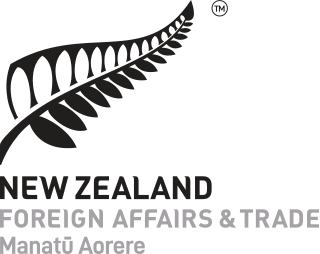
The Ministry of Foreign Affairs and Trade (MFAT) (Māori: Manatū Aorere) is the public service department of New Zealand charged with advising the government on foreign and trade policy, and promoting New Zealand's interests in trade and international relations.
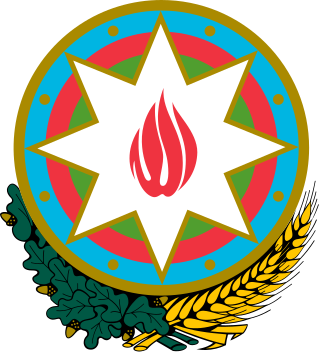
Ministry of Foreign Affairs of Azerbaijan is a Cabinet-level governmental agency of Azerbaijan Republic in charge of conducting and designing the country's foreign policy.
Stefanie Beck is a Canadian public servant and diplomat. She has been serving as the Deputy Minister of Agriculture and Agri-Food Canada (AAFC) since February 20, 2023. She was previously Associate Deputy Minister of National Defence and Deputy High Commissioner for Canada to the United Kingdom.

Canada–Venezuela relations have been on good terms since the establishment of diplomatic relationship between the two countries in the 1950s. Those relations however began to sour under Prime Ministers Stephen Harper and Justin Trudeau, especially in relation to the policies of Presidents Hugo Chávez and Nicolás Maduro. Canada has imposed targeted sanctions against 70 government officials in the Venezuelan Government.

The Ministry of Foreign Affairs of the Republic of Belarus is the Belarusian government ministry which oversees the foreign relations of Belarus.
This is a list of international organizations in which Canada has membership.
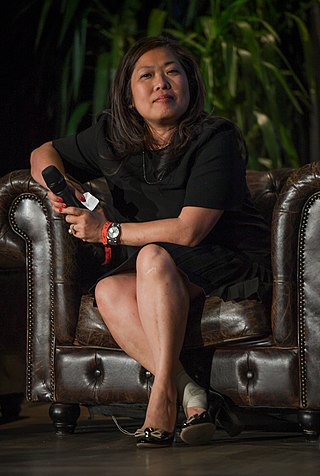
The minister of Export Promotion, International Trade and Economic Development is a minister of the Crown in the Canadian Cabinet. The officeholder is one of four ministers who are associated with Innovation, Science and Economic Development Canada, and one of three ministers associated with Global Affairs Canada.
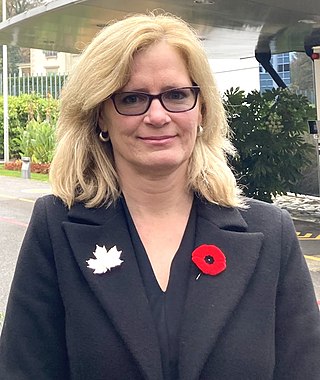
Leslie E. Norton is the Permanent Representative of Canada to the United Nations and the Conference on Disarmament in Geneva, Switzerland having presented her credentials on October 9, 2019.













